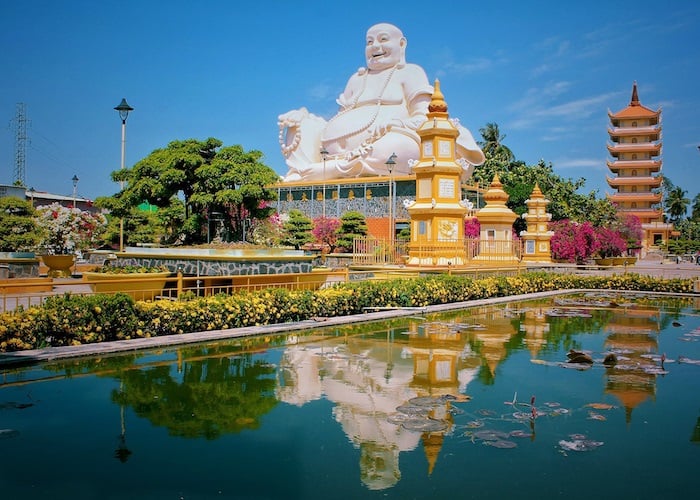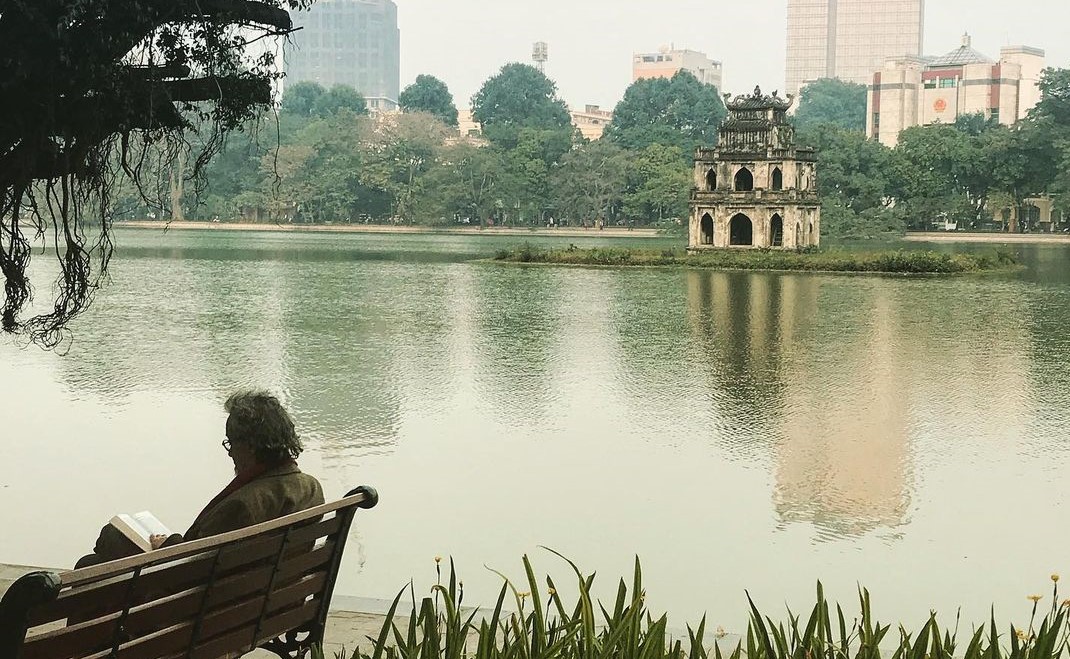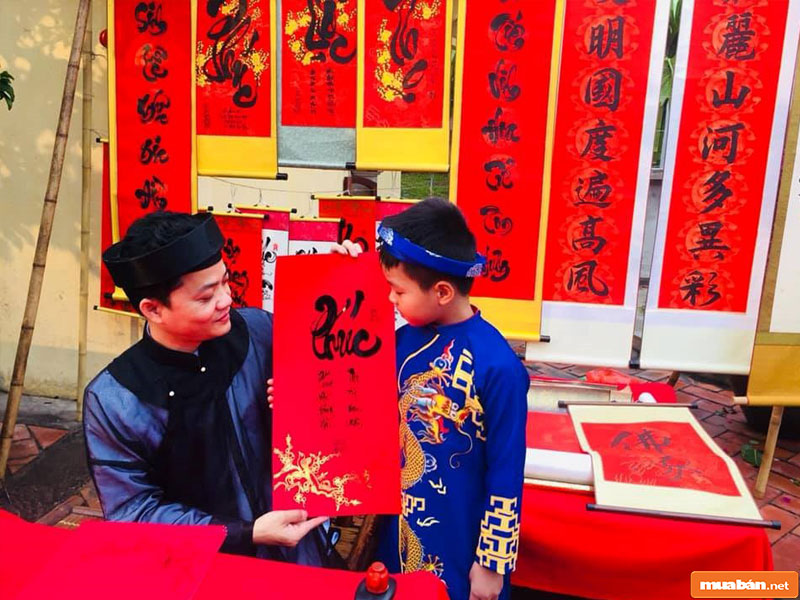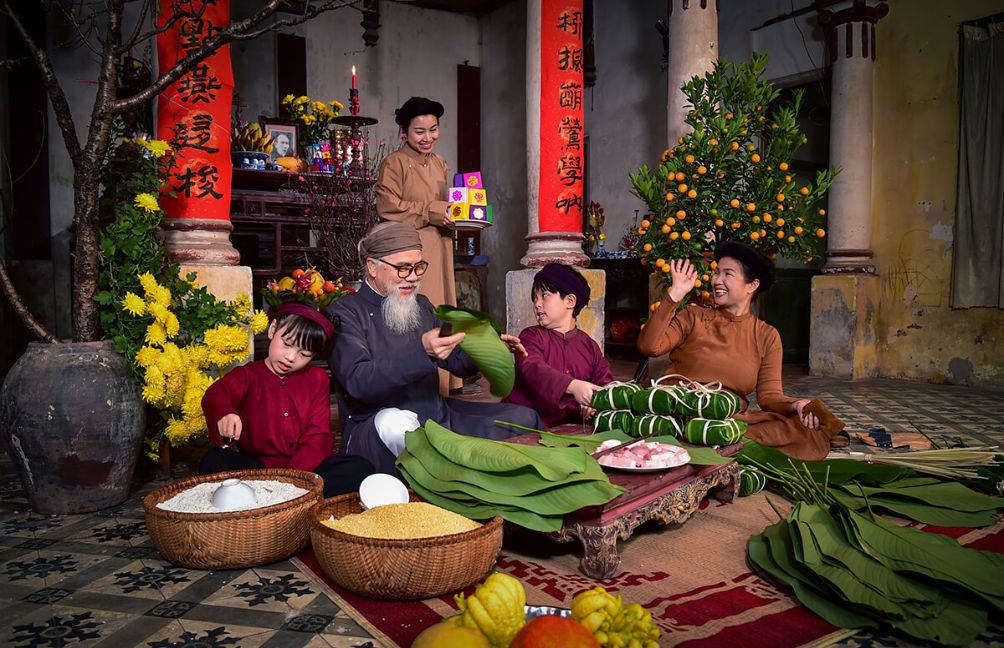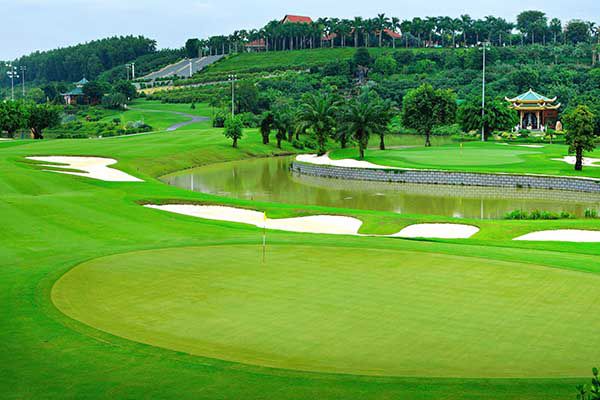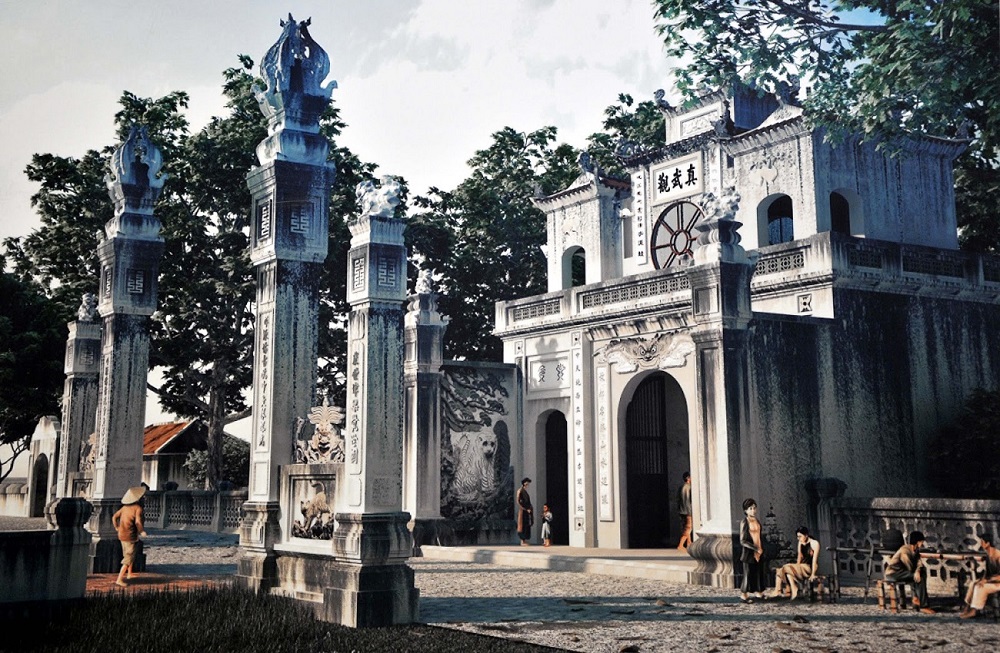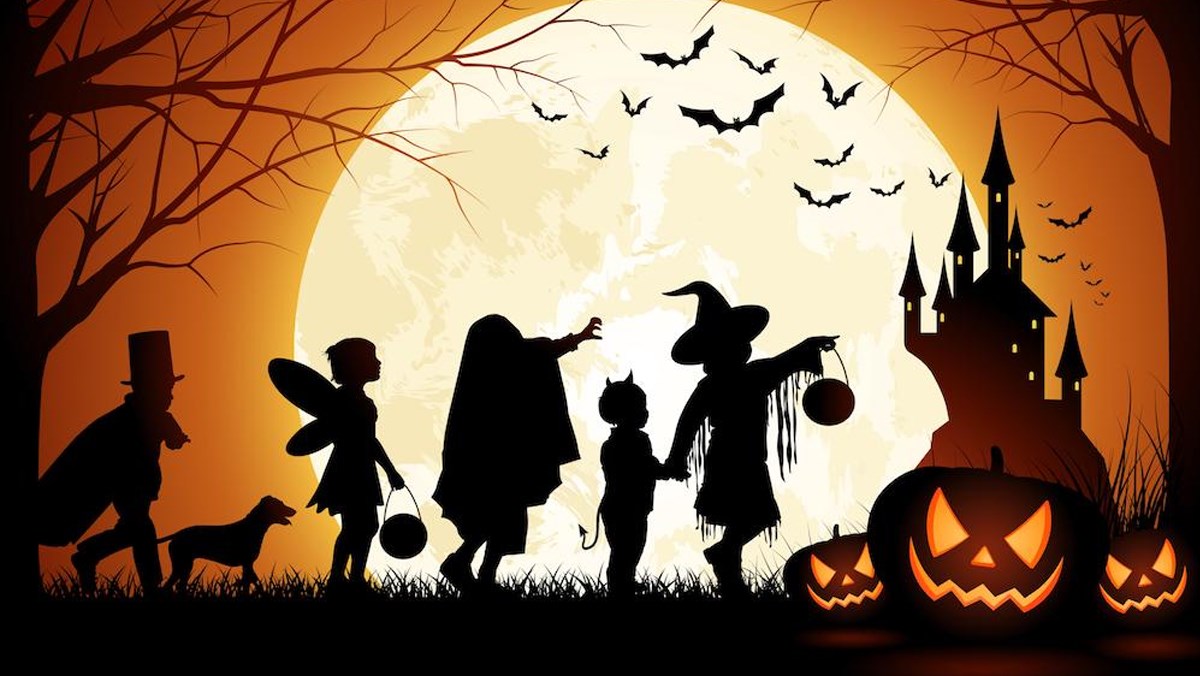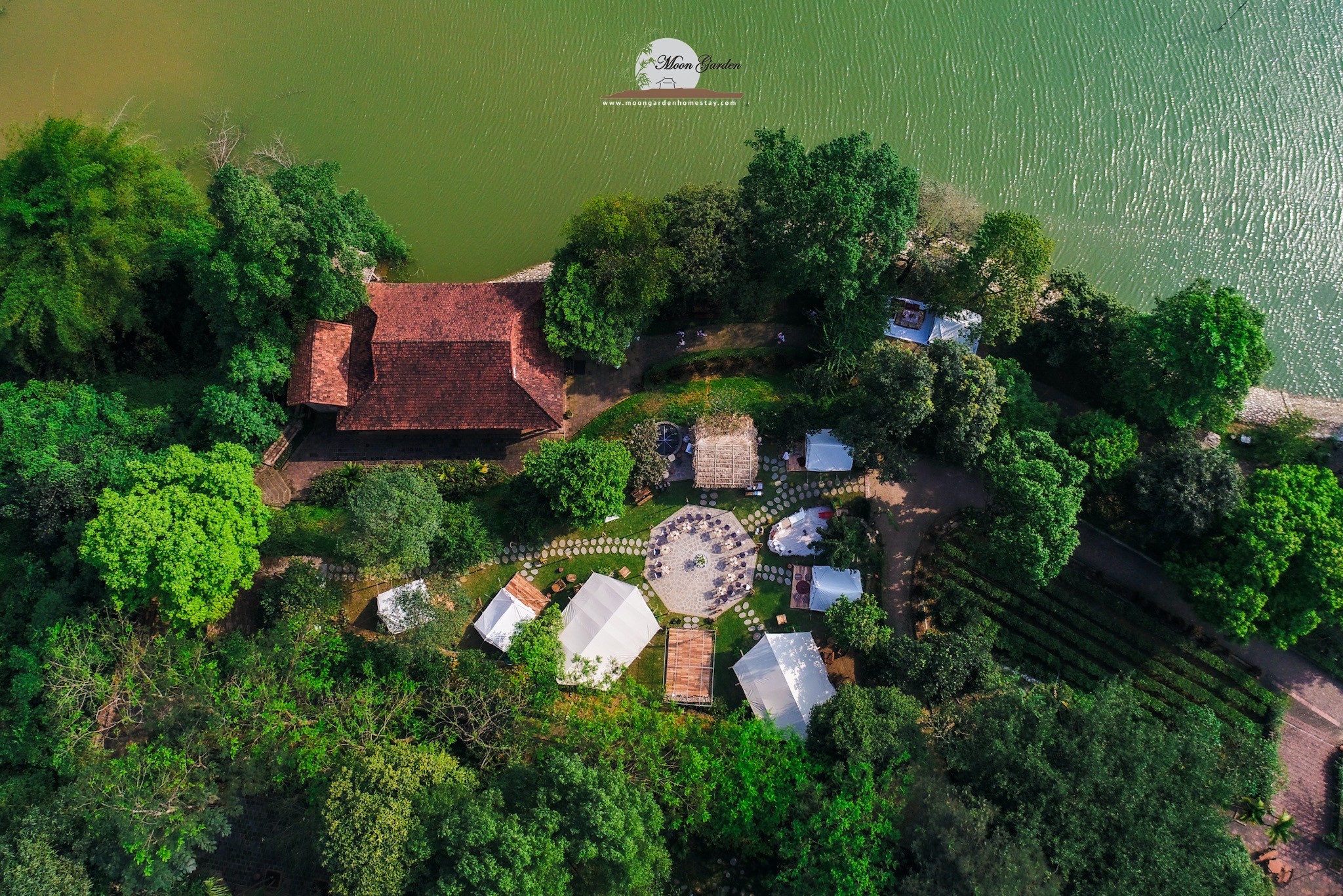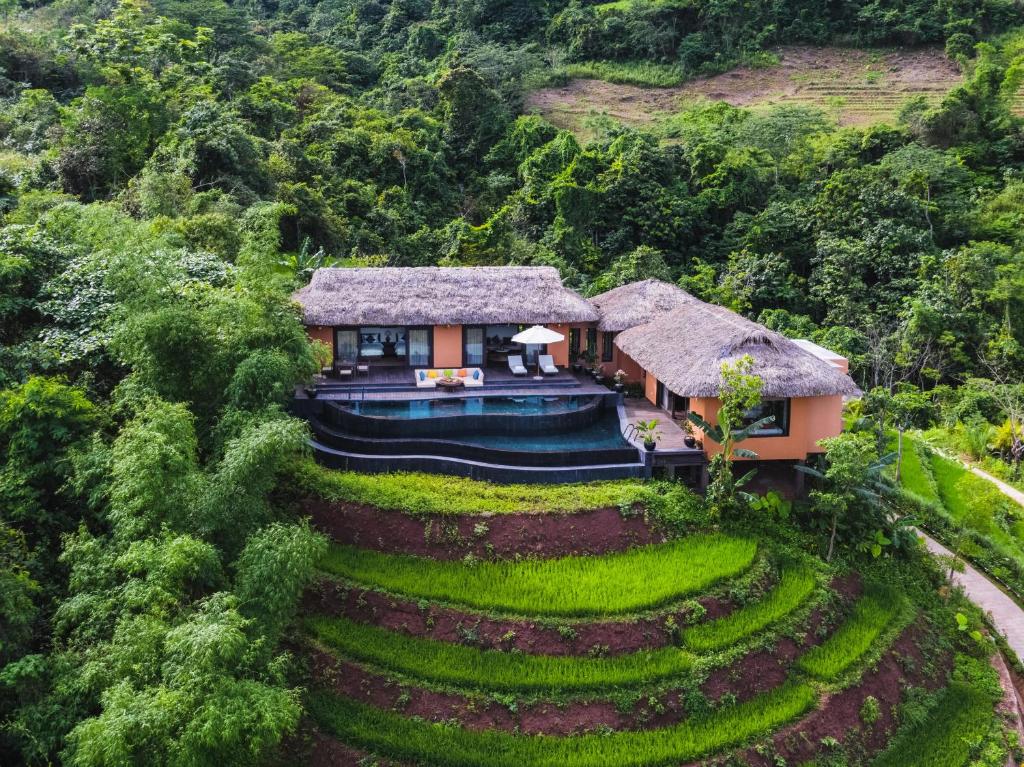The Mid-Autumn Festival in Vietnam, known as Tết Trung Thu, is a vibrant and cherished cultural celebration. At its heart lies the captivating tradition of the five-fruit tray, or “mâm ngũ quả.” This tradition varies across regions, offering a diverse and intriguing glimpse into Vietnam’s rich cultural tapestry. In this exploration, we delve into the regional variations of the fruit tray tradition, uncovering the unique fruits, customs, and significance that define this integral part of the Mid-Autumn Festival throughout Vietnam’s diverse landscapes.
The meaning of the five-fruit tray during the Mid-Autumn Festival
The Mid-Autumn Festival, also known as Tết Trung Thu, is one of the most significant and cherished festivals in Vietnam. Celebrated on the 15th day of the eighth lunar month, it falls around September or October in the Gregorian calendar. At the heart of this festival lies a rich tapestry of traditions and customs, one of which is the five-fruit tray, a symbolically meaningful element that enhances the festivity’s significance.
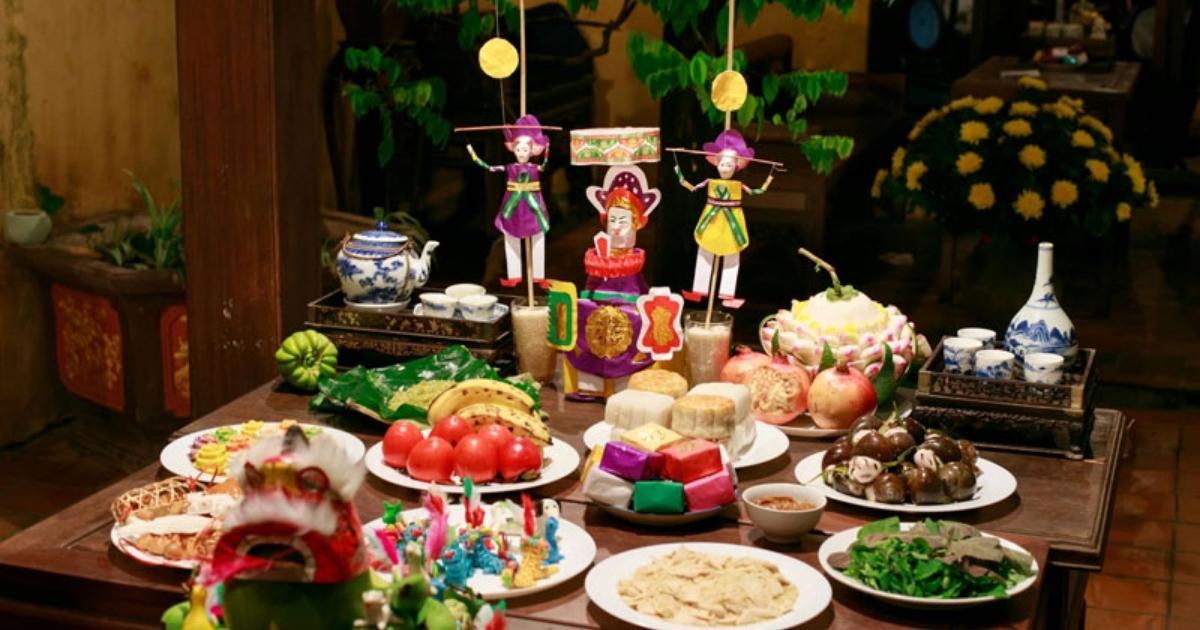
The five-fruit tray, often referred to as “mâm ngũ quả” in Vietnamese, is a central feature of Mid-Autumn Festival celebrations in Vietnam. It consists of five different types of fruits beautifully arranged on a tray. While the specific fruits may vary depending on regional and individual preferences, there are traditional choices that carry deep symbolic meanings.
- Pomelo (Bưởi): The pomelo, with its thick rind and sweet, fragrant flesh, is a representation of fullness and completeness. It signifies the unity and togetherness of the family, a core value during the Mid-Autumn Festival.
- Persimmon (Hồng): Persimmons are chosen for their vibrant orange color, which symbolizes good fortune and prosperity. They also represent a wish for a bright and fruitful future.
- Starfruit (Khế): Starfruit is included in the tray because its cross-sectional shape resembles a star. It represents the desire for success and upward mobility in life.
- Dragon Fruit (Thanh Long): Known for its unique appearance and sweet taste, dragon fruit is often associated with blessings and positive energy. Its vibrant pink or red color symbolizes happiness and good luck.
- Custard Apple (Na): Custard apples are selected for their creamy, sweet flesh, which represents the wish for a sweet and harmonious family life.

The act of preparing and presenting the five-fruit tray is not merely a culinary tradition; it is a reflection of the cultural and spiritual significance of the Mid-Autumn Festival. Each fruit is carefully chosen not only for its flavor but also for the auspicious qualities it embodies. This practice reinforces the importance of family, unity, and well-wishing in Vietnamese culture.
Moreover, the act of sharing the five-fruit tray with loved ones is a gesture of gratitude and respect. Families gather together under the soft glow of lanterns, often in a garden or courtyard, to enjoy mooncakes and admire the full moon. As they partake in the fruits from the tray, they exchange warm wishes for health, happiness, and success in the coming year.
Children, in particular, are excited about the five-fruit tray during the Mid-Autumn Festival. They eagerly anticipate the festival’s arrival, not only for the chance to indulge in delicious mooncakes but also to receive these fruits as gifts from their parents and relatives. This tradition instills in them the values of family bonding and gratitude from a young age.
In recent years, the five-fruit tray has taken on new dimensions. Some families opt for more exotic fruits, while others incorporate a fusion of traditional and modern elements. Regardless of these variations, the essence of the five-fruit tray remains constant – it is a symbol of familial love, unity, and the hope for a brighter future.
Suggested Post:
What does the Vietnamese Tet candied fruit tray have?
Beautiful and simple Mid-Autumn fruit tray decoration style in Vietnam
How to Arrange a Five-Fruit Tray in the North
In the northern regions of Vietnam, the five-fruit tray for the Mid-Autumn Festival typically features bananas, pomelos, peaches, persimmons, and oranges or mandarins. Additionally, apples and pears may also be included, adding a variety of flavors and textures to the arrangement.
Traditionally, the fruit tray’s aesthetics are carefully considered. A large, beautifully ripe banana cluster with smooth, green, unblemished skins is selected as the foundation, placed at the bottom to support the other fruits. Bananas symbolize the protection and care of heaven and earth for humanity. In the center of the banana cluster, a round and luscious pomelo is positioned, representing completeness and unity. Around it, red fruits such as peaches, persimmons, and mandarins are artfully arranged to create a visually appealing display.
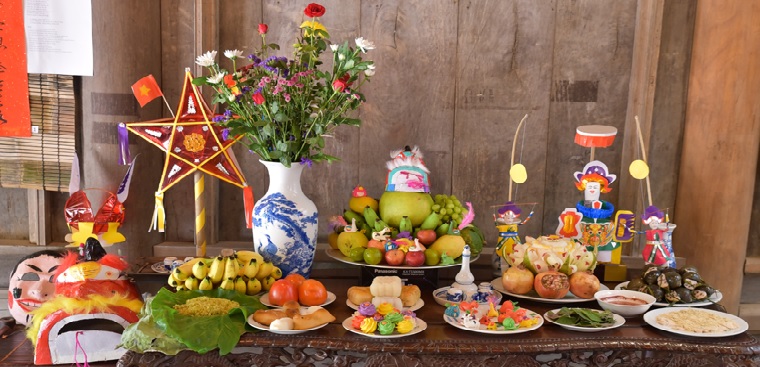
In modern times, people often enhance the visual appeal of the Mid-Autumn fruit tray by including a variety of fruits with different colors, such as green apples, yellow mandarins, red chili peppers, and Buddha’s hand citron. Each addition holds its unique symbolism, typically associated with prosperity, abundance, and good fortune.
How to Display a Five-Fruit Tray in the Central
In the central regions of Vietnam, the presentation of the five-fruit tray during the Mid-Autumn Festival is usually more straightforward. The central region faces challenging weather conditions, making it less suitable for cultivating a wide variety of fruits. As a result, people tend to include fruits that are readily available at the time.
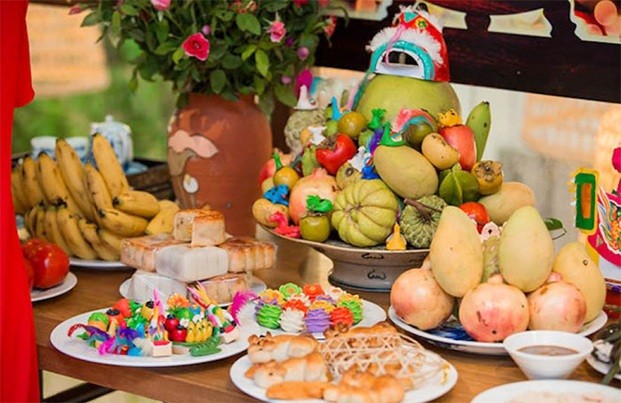
The choice of fruits for the tray in the central region often includes papayas, custard apples, mangoes, lychees, and bananas. The arrangement may vary depending on individual preferences, but the core intention remains the same – to offer respect to ancestors and seek peace and luck.
How to Arrange a Five-Fruit Tray in the South
In the southern regions of Vietnam, the art of decorating and presenting the five-fruit tray for the Mid-Autumn Festival takes on a more elaborate and intricate form. Southern families are known for their meticulous attention to detail in this tradition.
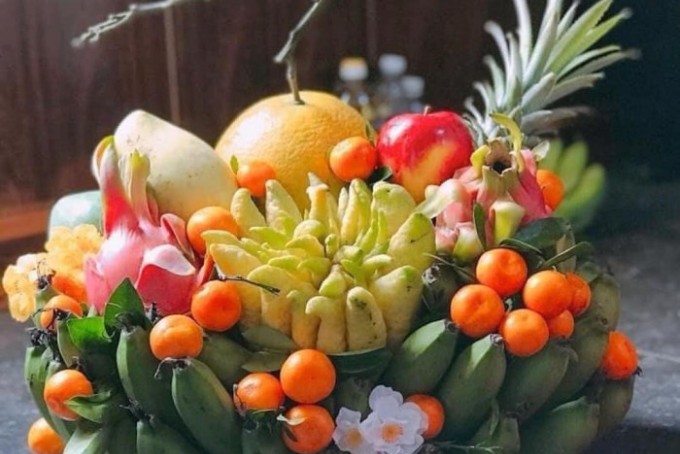
A typical southern fruit tray includes papayas, custard apples, coconuts, papayas, and mangoes. The selection reflects a popular local saying, “Cầu sung vừa đủ xài” which translates to “Pray for prosperity that is just enough to use.” Additionally, each fruit tray is adorned with three pineapple bases, symbolizing stability, along with a pair of watermelons representing the unity of the Southern people.
Conclusion
The regional variations of the fruit tray tradition during Mid-Autumn Festival in Vietnam highlight the country’s cultural diversity and the deep-rooted significance of this celebration. For those with a passion for travel and cultural exploration, we recommend partnering with Passionate Travel, an agency adept at crafting private trips that immerse you in the rich tapestry of Vietnamese traditions. Witnessing these unique fruit tray customs firsthand offers an enriching and authentic way to experience the vibrant spirit of the Mid-Autumn Festival in Vietnam while savoring its diverse regional flavors.
Contact Passionate Travel
Hotline: (+84) 852 489 689
WhatsApp/Zalo: (+84) 852 489 689
Email: sales@passionate-travel.com

 VIETNAM
VIETNAM LAOS
LAOS CAMBODIA
CAMBODIA THAILAND
THAILAND